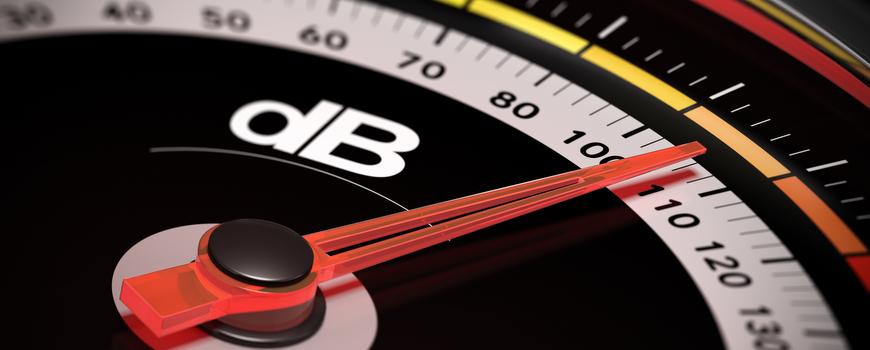
In April 2012, the Environmental Protection Agency (EPA) in Ireland published its Guidance Note for Noise: Licence Applications, Surveys and Assessments in Relation to Scheduled Activities (NG4). The guidance replaced the Agency’s two existing guidance notes on noise, namely its Environmental Noise Survey Guidance Document (2003) and the Guidance Note for Noise in Relation to Scheduled Activities (2006).
The guidance combines much of the information contained in the two previous guidance documents, together with more detailed guidance and information on acoustics, the role of BAT (best available techniques) in the management of noise, and the methods for monitoring and assessing noise emissions. While the guidance is aimed at consolidating the existing two guidance documents, it also introduces new guidance, including:
- A revised approach to setting noise limits for sites regulated under the integrated pollution control (IPC), industrial emissions and waste licensing regimes.
- More detailed guidance on the monitoring and assessment of noise.
Some of the key elements of the new guidance are summarised here.
Noise limits
Where noise limits are currently set for licensed sites they are typically expressed in terms of day-time and night-time limits at levels of 55 dB(A) and 45 dB(A), respectively. The new guidance introduces an evening-time limit of 50 dB(A), with corresponding adjustments to the day-time and night-time periods:
- Day: 07:00-19:00, 55 dB(A) LAr,T
- Evening: 19:00-23:00, 50 dB(A) LAr,T
- Night: 23:00-07:00, 45 dB(A) LAeq,T
Day-time is generally defined in relevant licenses as being between 08:00 to 22:00. While the guidance does not propose that the limits set out in current licenses will be updated to the new limits, it is intended that both new licenses and licenses that are subject to review, will be eventually amended to adopt the new noise limits.
Quiet areas
The new guidance also introduces a more detailed method for setting appropriate noise limits taking into consideration both quiet areas (areas largely unaffected or influenced by human-induced noise) and areas with low background noise (background noise levels below certain thresholds). For licensed sites within quiet areas, the noise limits will be based upon the results of long-term noise monitoring. Similarly, for licensed sites in areas with low background noise, the limits will be based on either the results of long-term noise monitoring or specified limits (set at 10 dB(A) below the limits described above). For all other sites, the limits above will apply.
Noise surveys
The guidance document provides more detailed information and direction on conducting noise surveys, including minimum survey durations, survey times and survey locations. More detailed guidance is also provided on the interpretation of the results, including the identification of a site’s specific noise level (the noise directly attributable to the site), and the identification of tonal and impulsive noise.
Noise management
The guidance also provides an overview of the techniques to control, mitigate and manage noise emissions from a site, including the development of a noise management plan. It considers that such plans should be developed for sites classified as high risk (those that do not comply with the relevant noise limits, sites with a history of noise complaints, or sites where new noise-sensitive locations may arise) and recommends that the continual improvement approach set out in ISO 14001 is appropriate for managing such plans.
